One Man's Quest to Cook Every National Dish from Around the World
Hilltop resident Zach Henkel is halfway through the massive undertaking, which he expects to take eight years in total.
Zach Henkel Aims to Cook Every National Dish, from Afghanistan to Zimbabwe
By Erin Edwards
If you’ve ever had a drink at Sweeney’s Walnut Street Tavern in Franklinton, you may be familiar with Zach Henkel’s handiwork. A carpenter by trade, he built the bar at Sweeney’s as well as the one at Land-Grant Extension. But when he’s not building bars for his day job, he has another project that keeps him busy in his home kitchen.
On March 6, the Hilltop resident celebrated the four year anniversary of his national dish project—an ambitious, and somewhat quirky, personal project to cook every national dish from every country around the globe. In alphabetical order.
A national dish is one that is strongly associated with a country, whether because it features that country’s staple ingredient or because a government promotes it.
When I visited Henkel at his home last Saturday, Henkel was wearing a red apron over a camo shirt, and Liberian music was playing from his DeWalt radio in the kitchen. His cat, Tecate, greeted me and then sprinted up the stairs.
That day, the self-described geography nerd was preparing to cook dumboy, the national dish of Liberia (#96)—a large ball of boiled cassava that’s served in pepper soup. Dumboy is similar to fufu, the national dish of Ghana (#67). Two weeks before, Henkel cooked Lesotho’s (#95) national dish, pap-pap, a cornmeal porridge similar to polenta. (So, yes, he knows where Lesotho is.)
Henkel learned to appreciate cooking and grocery shopping at a young age. The Columbus native grew up in and around Rosati’s Supermarket, the family grocery that his grandfather ran at 19 N. Nelson Road on the Near East Side. (His great-grandfather Angelo Rosati founded Rosati’s in 1936 on East Main Street.) He says his dad was a good cook and sometimes would spend all weekend cooking, something that seems to have rubbed off on his son.
Henkel started cooking more at home during the quarantine days of COVID. “I was like, ‘Well, if I'm gonna be in the house all day, I've got to cook anyway. What are dishes that'll take all day to make?’ ” He started cooking things like spaghetti Bolognese, beef Wellington and tamales. He sought out longform recipes and time-consuming cooks. Then he would porch-drop the dishes he made to friends.
He really learned to enjoy these ambitious, all-day cooks. So, in March 2021 he decided to blend his love of geography with his love of cooking. He kicked off his national dish project with Kabuli pulao, the national dish of Afghanistan.
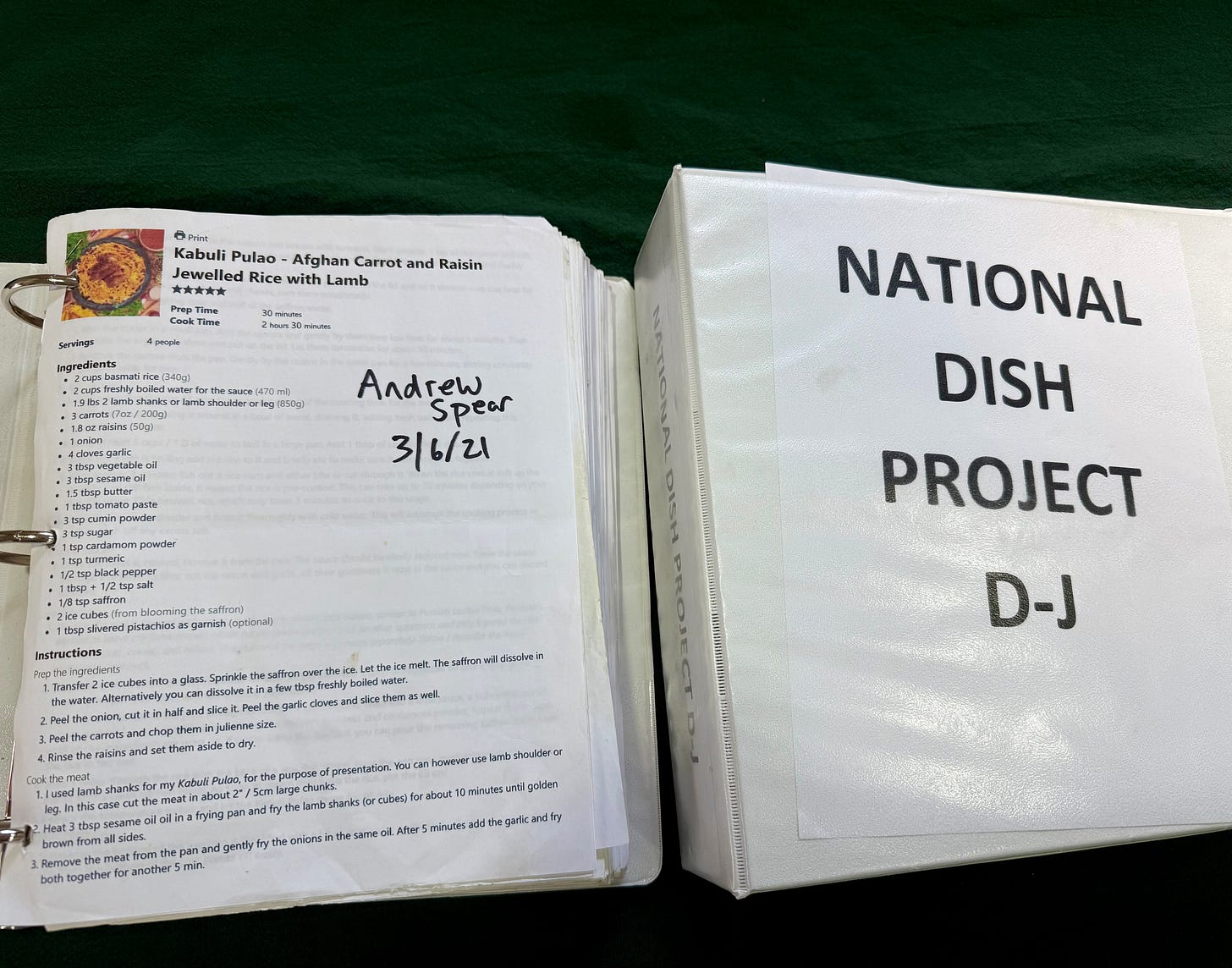
How many national dishes are there? The United Nations recognizes 193 member states, and Henkel plans to also include dishes from the non-member states of Vatican City and the State of Palestine. Taiwan as well. That makes it 196, but he rounds it up to 200. The project, like the state of the world, is fluid.
Henkel expects the project to take eight years, and—remarkably—he’s on track.
On the day of the Liberia cook, I watched Henkel’s ritual: He spent about an hour laying out all the ingredients for the dinner—always in the same spot on his countertop. In addition to the national dish, he makes side dishes from the featured country. Those are often more interesting, he said.
On the countertop, he laid out cassava, peppers, chicken and shrimp for the dumboy with pepper soup; potatoes for a spicy potato salad side dish; and smoked turkey legs and ham hocks for collard greens. The Liberian collard greens also called for dried barracuda, which he had to sub with some other kind of dried fish.
Henkel makes a mini flag for each country and, like the culinary explorer he is, plants it in the ingredient display. It’s a ritual he enjoys, but it also makes a good “before” picture. (He laughs at the lightswitch that always makes a cameo.) He’ll post this photo along with an “after” photo on Instagram.
Another part of the project’s ritual is music. While he cooks, Henkel listens to the music from whatever country he’s featuring that week—thus the Liberian music when I visited. He’s discovered some great music this way, like the Indonesian psychedelic rock that he still listens to.
Even if it’s a style of music he finds grating on the nerves, he plays it anyway. The same goes for cooking national dishes that may not be among the “very savory, meaty and seafoody dishes” to which he naturally gravitates.
“The project is a very human project. It’s messy,” he said. “It’s not about what you want or what’s comfortable. It’s about getting involved in things.”
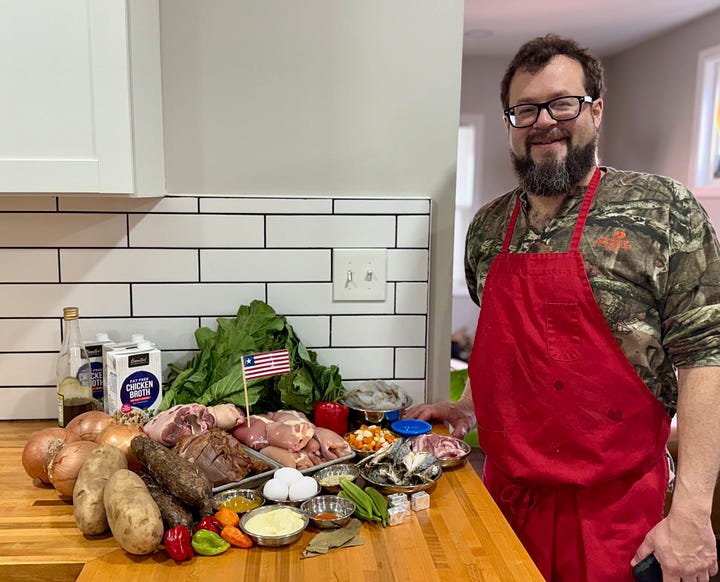

Henkel invites people over every time he cooks a national dish; he calls his dinner guests “claimants.” These are the friends and acquaintances who–largely through word of mouth–have called dibs on certain national dishes. The claimants can bring a guest or two, and dinners are usually no more than three to six people.
He scours the internet for his national dish recipes and intentionally picks out the more complex ones. The more steps the better. “If a recipe says ‘easy,’ ‘quick’ or ‘weeknight,’ I skip right over it,” he said.
One of the most surprising aspects of the project is that he’s been able to source about “99.9 percent” of ingredients from Franklin County retailers thanks to the wide range of international markets and grocery stores we have available.
For produce, Henkel prefers Saraga International Grocery on Hamilton Road to the more well-known (and more “chaotic”) Saraga on Morse Road. He also likes Yasmin International Market on Cleveland Avenue for Middle Eastern and African ingredients. For Hispanic items, he frequents La Plaza Tapatia on Georgesville Road. He also loves discovering smaller mom-and-pop markets, like the Cambodian market Aspara on Harrisburg Pike.
“I think [international markets] have better customer service, in more fun environments, than your Krogers and Giant Eagles,” he said, adding that they tend to be more affordable, too. “The mundane act of grocery shopping has really become an exciting hobby.”
Even if sourcing ingredients isn’t a problem, some dishes are more challenging than others … and in different ways.
Kuli-kuli, a snack that is the national dish of Benin (#19), “was a disastrous one," Henkel said, laughing. These fritters made from ground peanuts are delicate, and only one survived a kitchen mishap.
With so many distinct regional cuisines, China (#36) doesn’t have a single, agreed-upon national dish. (The same goes for other vast countries with diverse ethnic populations like the U.S.) Always up for a good test, Henkel decided to make Peking duck with plum sauce and scallion pancakes.
One of the most elaborate dinners that he enjoyed making was for Indonesia (#77). The star of the show was the cone-shaped, Javanese rice dish called tumpeng. Henkel used a small traffic cone—"a clean one”—to shape the rice, which was then surrounded with dishes like beef rendang and ayam goreng.
For Iceland (#75), he was surprised to find hákarl, which is fermented Greenland shark meat, at a local market. “My house stank for days afterwards,” he said. “It’s all part of the fun.”
You can follow along with Henkel’s national dish project on Instagram @captaincameralens.
Do you have a unique cooking project? We’d love to hear about it.
Notes
Around the Columbus Food & Drink Scene
A pair of Central Ohio breweries were recently named to USA Today’s 10Best list for Best Beer Garden in the U.S. Delaware County’s Henmick Farm & Brewery was named the No. 1 beer garden in the country in the readers’ poll. Farther south, Rockmill Brewery & Taproom was ranked No. 6 in the poll.
Maison Skalli is preparing to open its second location in Central Ohio later this month. The Moroccan/French restaurant and bakery is set to open March 20 at 3708 Fishinger Blvd. in Hilliard. Maison Skalli’s original Dublin location, 2746 Festival Lane, is currently running Ramadan menu specials and will be open 9 a.m.-midnight daily during Ramadan.





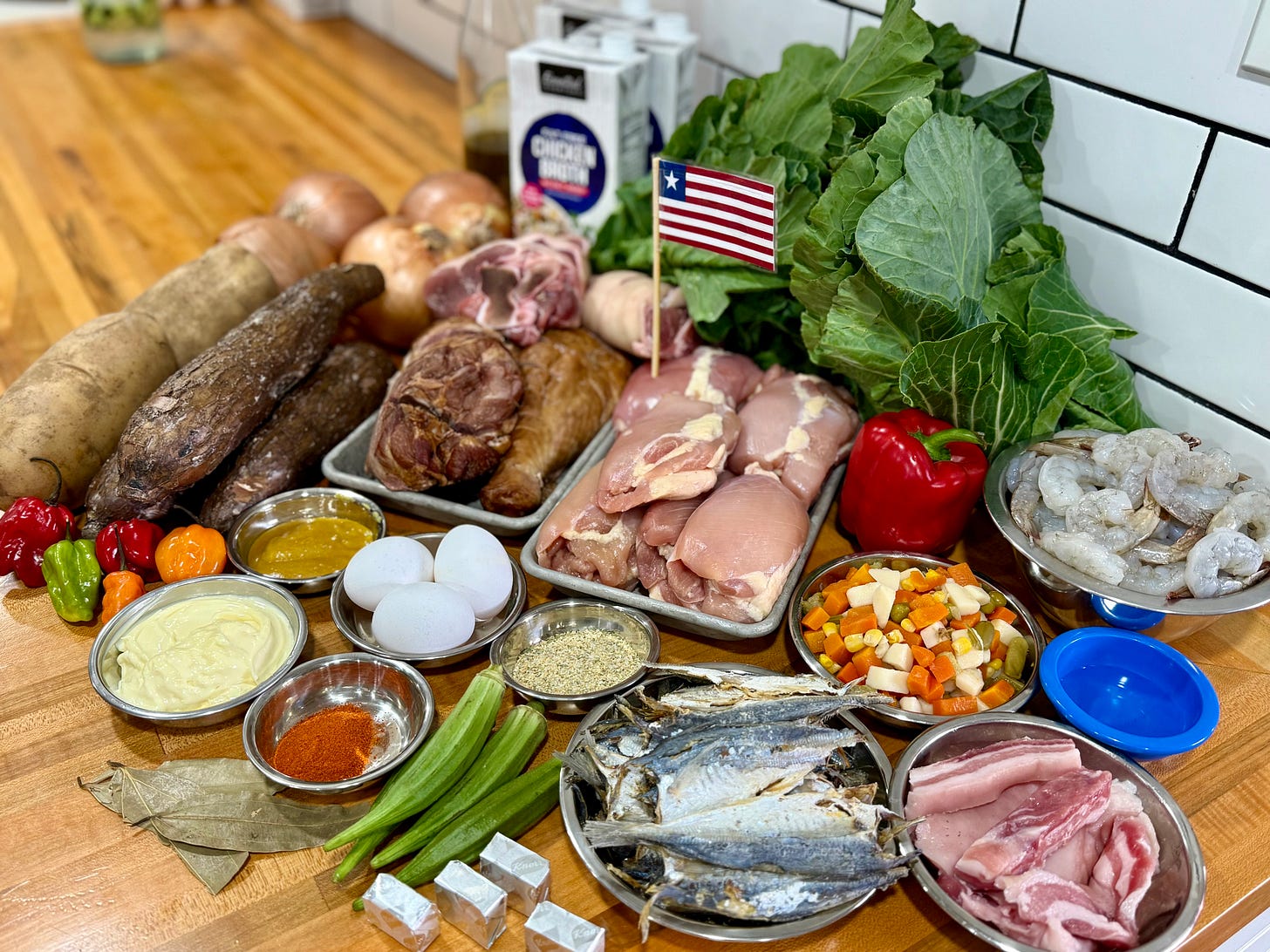
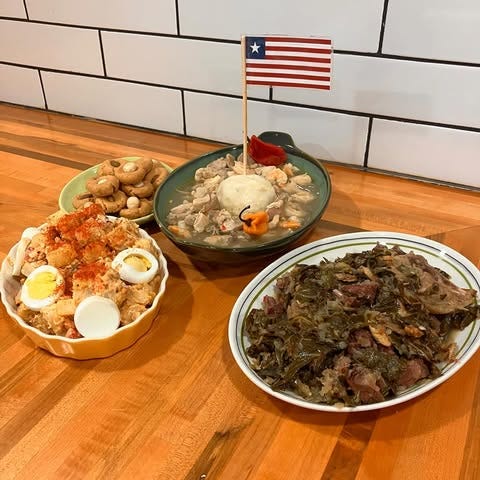
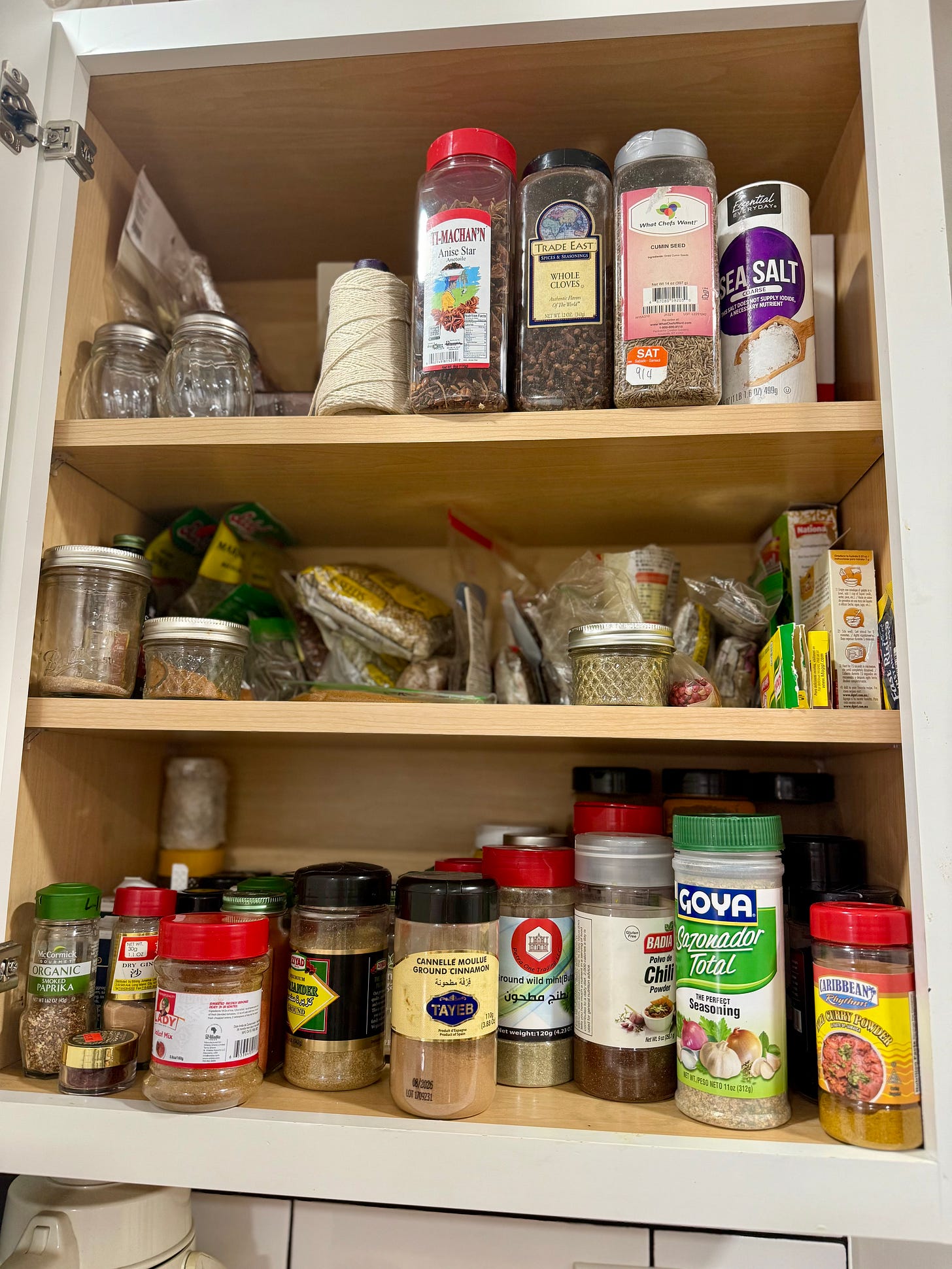
What a fun and inspiring project! I love all the care and thought you’re putting into exploring the world through its national dishes — it really speaks to me. With foodie friends from around the globe, we’re on a similar journey: each month we pick a country at random and cook its recipes, sharing them on Instagram every last Sunday under #aroundtheworldsin80dishes. We’ve been at it for a few years now and have covered quite a few places. I’d be so happy to connect and exchange — your project sounds like such a joy!